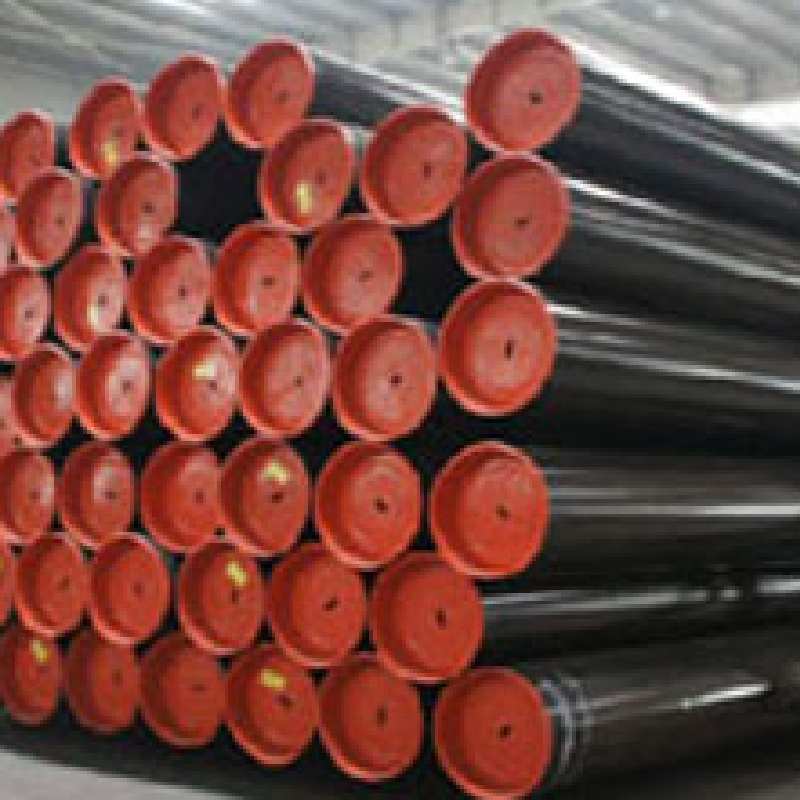-
Cangzhou Yulong Steel Co., Ltd.
-
Phone:
+86 13303177267 -
Email:
admin@ylsteelfittings.com
- English
- Arabic
- Italian
- Spanish
- Portuguese
- German
- kazakh
- Persian
- Greek
- French
- Russian
- Polish
- Thai
- Indonesian
- Vietnamese
- Zulu
- Korean
- Uzbek
- Hindi
- Serbian
- Malay
- Ukrainian
- Gujarati
- Haitian Creole
- hausa
- hawaiian
- Hebrew
- Miao
- Hungarian
- Icelandic
- igbo
- irish
- Japanese
- Javanese
- Kannada
- Khmer
- Rwandese
- Afrikaans
- Albanian
- Amharic
- Armenian
- Azerbaijani
- Basque
- Belarusian
- Bengali
- Bosnian
- Bulgarian
- Catalan
- Cebuano
- China
- China (Taiwan)
- Corsican
- Croatian
- Czech
- Danish
- Esperanto
- Estonian
- Finnish
- Frisian
- Galician
- Georgian
- Kurdish
- Kyrgyz
- Lao
- Latin
- Latvian
- Lithuanian
- Luxembourgish
- Macedonian
- Malgashi
- Malayalam
- Maltese
- Maori
- Marathi
- Mongolian
- Myanmar
- Nepali
- Norwegian
- Norwegian
- Occitan
- Pashto
- Dutch
- Punjabi
- Romanian
- Samoan
- Scottish Gaelic
- Sesotho
- Shona
- Sindhi
- Sinhala
- Slovak
- Slovenian
- Somali
- Sundanese
- Swahili
- Swedish
- Tagalog
- Tajik
- Tamil
- Tatar
- Telugu
- Turkish
- Turkmen
- Urdu
- Uighur
- Welsh
- Bantu
- Yiddish
- Yoruba

Sep . 25, 2024 19:47 Back to list
api spec 5l specification for line pipe
API Specification 5L A Comprehensive Overview of Line Pipe Standards
The American Petroleum Institute (API) Specification 5L outlines essential requirements for the design, manufacturing, testing, and delivery of line pipe used in the transportation of natural gas, oil, and other fluids. This specification is crucial for ensuring the integrity, safety, and performance of pipelines, which play a vital role in the energy industry. Understanding the API 5L specification is essential for stakeholders involved in the production, distribution, and regulation of line pipes.
API 5L specifies the properties of steel line pipes, including chemical composition, mechanical properties, and manufacturing processes. The specification classifies pipes into different grades, such as Grades B, X42, X52, X60, and higher, with each grade indicating the pipe's strength and suitability for various applications. For instance, X60 pipes have higher yield and tensile strength compared to lower grades, which makes them preferable for high-pressure applications.
One of the key aspects of API 5L is the requirement for rigorous testing to ensure that the pipes meet the specified performance criteria. These tests can include tension tests, impact tests, and non-destructive testing methods such as ultrasonic or radiographic examinations. The results of these tests are crucial for certifying the quality and reliability of the line pipes and ensuring compliance with both domestic and international standards.
api spec 5l specification for line pipe

Additionally, API 5L outlines guidelines for the manufacturing process, including the type of steel used and the welding techniques employed. The specification allows for a variety of manufacturing methods, such as seamless, welded, and helical submerged arc-welded pipes. Each method has its own advantages, depending on the application and environmental conditions the pipes will face.
Another significant element of API 5L is its focus on sustainability and environmental protection. The specification encourages manufacturers to adopt practices that minimize the environmental impact of pipeline construction and operation. This includes considerations for coatings to prevent corrosion, as well as the implementation of efficient transportation and installation strategies.
As the energy sector evolves, the API continuously reviews and updates the 5L specification to address new challenges, including advancements in technology and changes in regulatory requirements. Stakeholders must stay informed about these updates to ensure that they meet compliance standards and utilize the latest materials and techniques in their projects.
In conclusion, API Specification 5L serves as a critical framework for the production and use of line pipes in the energy industry. By establishing consistent standards for quality and performance, it helps protect the interests of producers, consumers, and the environment alike. As global energy demands continue to grow, adhering to these standards will be essential in ensuring the safe and efficient transportation of vital resources.
Latest news
-
ANSI 150P SS304 SO FLANGE
NewsFeb.14,2025
-
ASTM A333GR6 STEEL PIPE
NewsJan.20,2025
-
ANSI B16.5 WELDING NECK FLANGE
NewsJan.15,2026
-
ANSI B16.5 SLIP-ON FLANGE
NewsApr.19,2024
-
SABS 1123 FLANGE
NewsJan.15,2025
-
DIN86044 PLATE FLANGE
NewsApr.19,2024
-
DIN2527 BLIND FLANGE
NewsApr.12,2024
-
JIS B2311 Butt-Welding Fittings LR/SR 45°/90° /180°Seamless/Weld
NewsApr.23,2024











